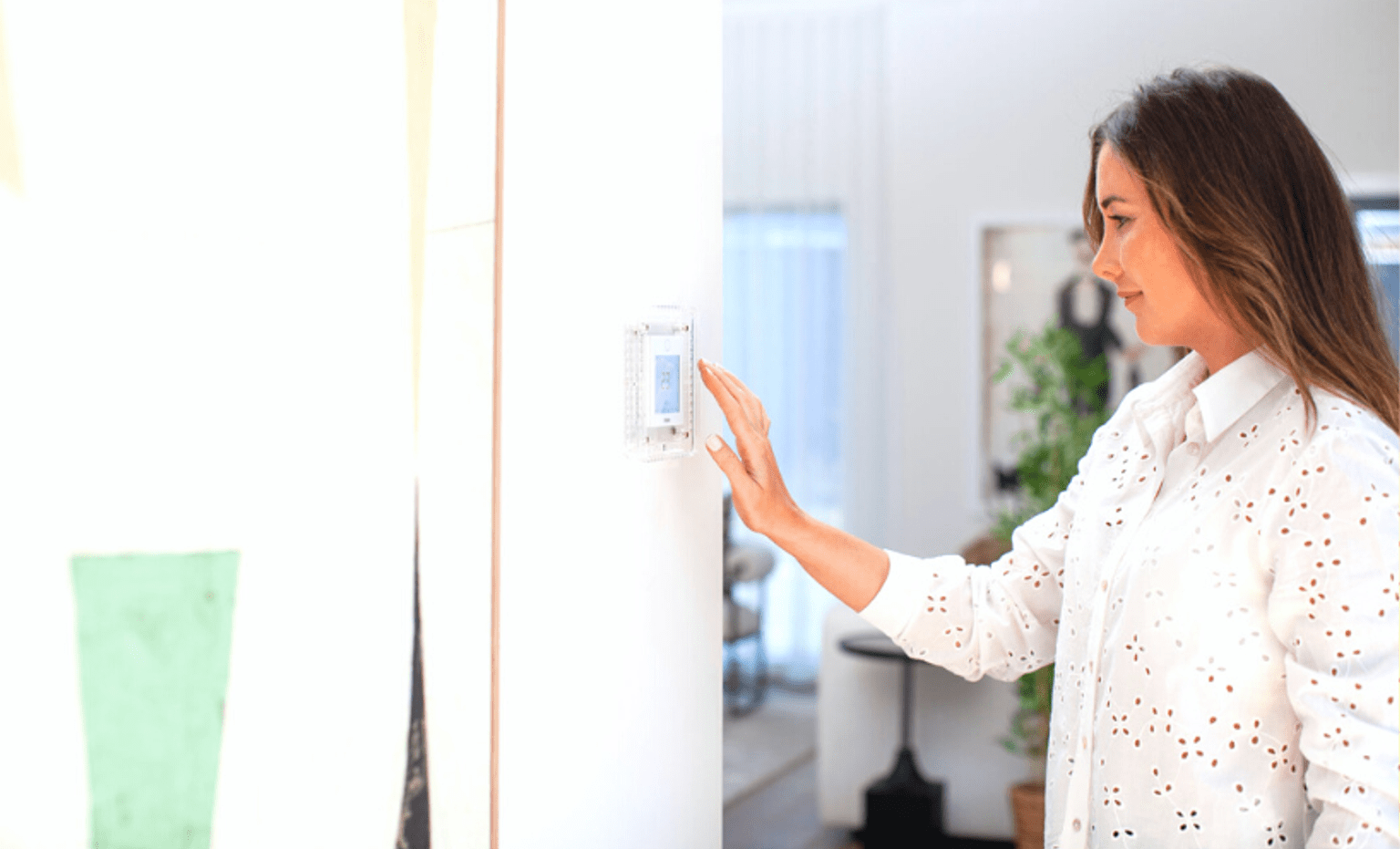Induction cooktops heat food faster, are easier to clean and safer than gas and electric stoves. This cutting-edge stovetop is also highly energy-efficient, as it only heats when the cookware is present.
Many households are also maximising the benefits of installing energy efficient appliances by powering them with solar, making them even better for the environment and cheaper for the family.
Here are 5 things to know when joining the induction cooking club.
1. They're safer than gas
Induction cooktops are much safer than gas cooktops. How? In an induction cooktop, there are no open flames! There are also no knobs that can be accidentally turned on and pose safety hazards, as they're entirely electric.
While induction cooktops look like conventional electric models, they work differently. Instead of conducting heat from the coil to cookware, as occurs electric stoves, induction cooktops use copper coils under the ceramic to create a magnetic field that sends pulses into the cookware. This prompts the electrons in the pan or pot to move faster and create heat.
Another added safety feature that makes them even safer than electric stoves is that induction cooktops only turn on if there is compatible cookware on top of a hob.
2. They're quick to heat up
These appliances heat up more quickly than a traditional gas stove. This can take some getting used to at first.
You won’t have the heating cues you’re used to, like a slow build up of bubbles when boiling so it’s best to use a slightly lower heat than required when you first start.
Once the induction cooktop reaches the desired heat, it will stay at this temperature for as long as you need it.

From cutting costs to carbon emissions: 5 powerful reasons to electrify your home
Every day, more Australians are making the shift to all-electric homes. Thinking about making the switch, too?
3. Induction cooktops are super easy to clean
Forget the struggle of scrubbing under and around grates or burners. With induction cooktops, cleaning is simple as it is one flat surface. You can cook with parchment paper or silicone mats placed under the cookware which can reduce spillages even further.
Food is also less likely to burn, as there's a more even temperature across the cooktop surface.
It should be safe to use dish soap, baking soda and vinegar to clean the cooktop, as well as cooktop cleaners intended for ceramic surfaces. But like any new appliance, make sure you read the manual for specific cleaning instructions.
4. Your cookware may already be compatible with an induction cooktop
A common myth surrounding induction cooktops is that to make the switch, you’ll have need to throw out all of your existing cookware and buy new pots and pans. The good news is that you probably won't. You might already have old pots and pans that are compatible with induction cooktops.
The materials that work with induction cooktops are cast iron and in fact, most stainless steel and clad pans. Materials that are incompatible include aluminium, pure copper, glass, and ceramic.
One way to test if your existing cookware is compatible with the induction cooktop is to place a fridge magnet to the bottom of the cookware. If it stays on the cookware, its will be fine to use on the induction cooktop.
5. They are more affordable than you might think
While induction cooktops have a reputation for being expensive, entry-level cooktops range from $300-$750 and may fit within your budget. These prices are comparable with gas and electric stoves. There are also portable versions that you might like to try before you make the decision to invest in a refit. In fact, some local councils offer opportunities to borrow portable induction cooktops via their library networks – a great option to try before you buy.
It's also important to remember that by investing in an induction cooktop, you’ll be saving money in the long run. This is because induction cooktops run entirely off electricity, which if you have solar panels and a battery now you can power your cooktop with your own energy. With gas prices increasing worldwide, there’s never been a better time to go all-electric in your home and transition to an induction cooktop.
Looking to switch other appliances in your home to energy-efficient electric ones?
We’re sharing a helpful guide to help you go all-electric in your home. Read up on how you can save money and reduce carbon emissions by joining the all-electric revolution!
Updated



